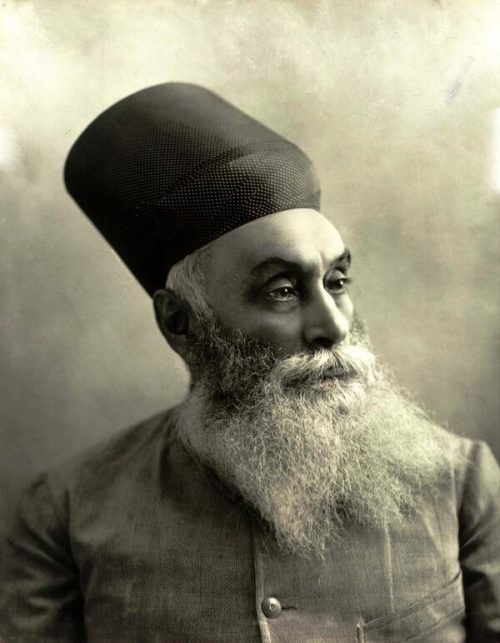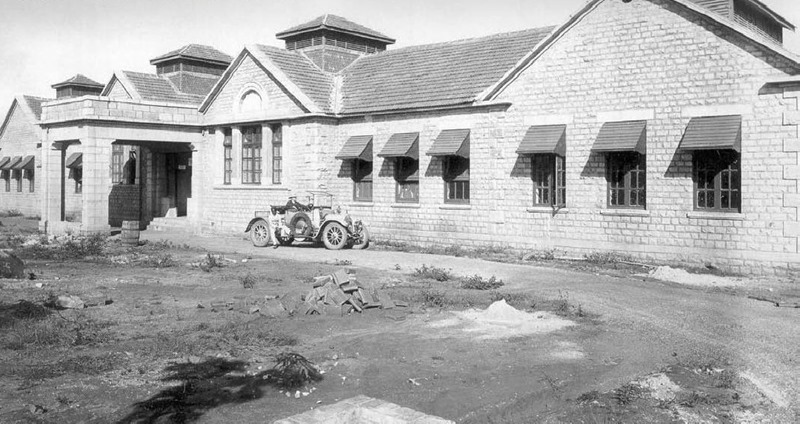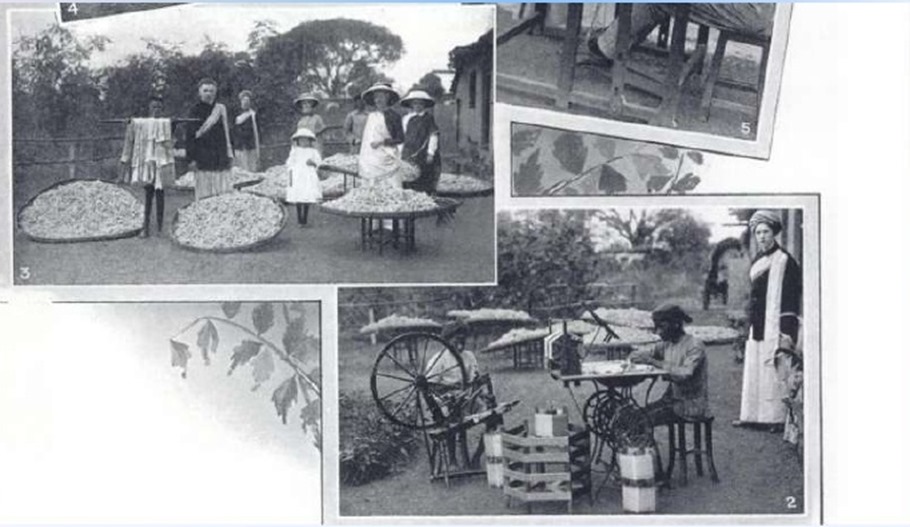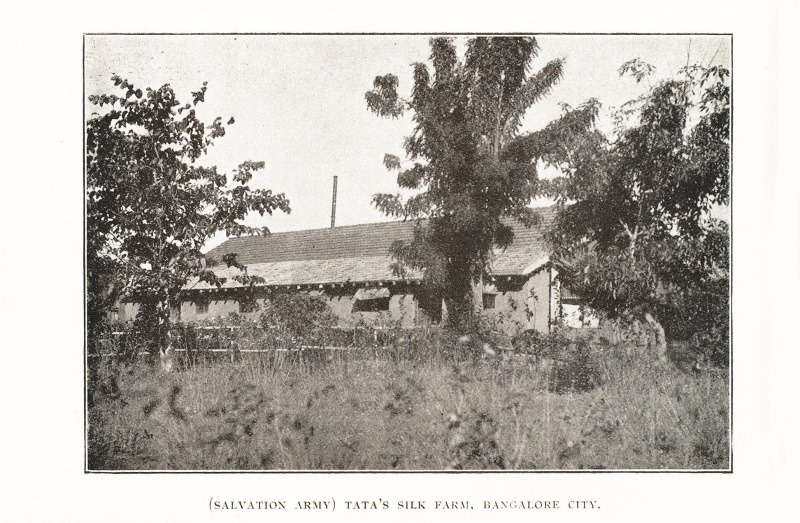In 1868, a 29-year-old man from a small town in Gujarat started a trading firm in Bombay with ₹ 21,000. The man was Jamsetji Nusserwanji Tata and the occasion marked the beginning of what would grow into one of India’s largest conglomerates, TATA group of companies.
Article by Sanchari Pal | The Better India
J. N. Tata
Born on March 3, 1839, in Navsari, Jamsetji was the first child and only son of Nusserwanji Tata, the scion of a family of Parsi priests. At the age of 13, he moved with his father to Bombay where he completed the rest of his education. It was here that he developed a love for reading and academic studies that would last his entire lifetime.
These passions, however, soon took a backseat to what Jamsetji quickly understood was his true calling in life: business. Under the tutelage of his father, he grew into an astute businessman and in 1868, started the trading firm, his first company. Soon, he diversified into textile and set up the famous Empress Mills in Nagpur.
Jamsetji would often travel abroad, where he would observe the enormous benefits that industrialization and a quality education was imparting to the Western economies. Deeply patriotic, he wanted to bring these benefits to his fellow countrymen too. Whenever he would come across anything new on his frequent foreign tours – be it machinery, a new technology or even a new variety of fruit, he would not only purchase it but also introduce it in India.
For instance, in Panchgani, Jamsetji tried cultivating peach trees that he had brought from California; in Bangalore, he established an experimental fruit farm; in Pune, he tried reviving the cultivation of grapes; and near Surat, he attempted growing different varieties of grass for industrial use.
He also set up Indian Institute of Science(IISc) in Bangalore to fulfill his dream of creating a world-class educational institution that would tutor Indians in scientific research.
An old photo of IISc
While most Indians have heard about Jamsetji’s efforts to give shape to these visionary ventures, few know that he was also responsible for reviving Karnataka’s silk industry. While Tipu Sultan had laid the foundations of the silk production in Mysore, the fledgling sericulture industry had declined after his death in 1799.
Jamsetji had been observing India’s silk industry for a while, knowing the potential of sericulture towards generating employment, especially for the rural populace, and fulfilling the great demand of silk in the export market. He decided to give the Indian sericulture a fresh start by introducing scientific methodology.
On a visit to Japan, Jamsetji found that the Japanese were sericulture experts and had embraced the best skills and processes from other silk-producing countries. He invited a Japanese couple to come to India and help him start a small farm where Indians could study the best sericulture practices.
For the location of his farm, Jamsetji chose Bangalore due to its favourable climate, profusion of mulberry trees and the existing silk industry, thanks to Tipu Sultan. He was friendly with the then Dewan of Mysore, Sir Seshadri Iyer (they had collaborated to set up IISc), with whose help he selected the land for his farm. This effort was supported by the generous Wodeyar ruler of Mysore, who gave Jamsetji a rent-free grant and an annual subsidy of ₹3,000.
Jamsteji’s experiment in silk farming proved a success from the start. Run on Japanese principles, the farm engaged apprentices for a minimum period of three months, during which they were given free instructions in all aspects of sericulture, from the growth of the mulberry tree and rearing of silkworms to reeling of silk and the marketing of the final product.
Jamsetji also ensured that preference.was given to an indigenous silkworm, Polyvoltine Mysore, over both the French and Japanese varieties, though he hoped that by interbreeding with the former the best features of both varieties might be combined. A low-cost and simple reeling machine was also designed for small-scale use.
Known as Tata Silk Farm, the training centre soon became a must-visit place for sericulturists and others who were part of the silk industry. Silk woven here was sent to European experts for testing and they declared it to be among the best in the world. Many of India’s sericulture veterans, like Appadhorai Mudaliar and Lakshman Rao, were among Tata Silk Farm’s first trainees.
Also, taking a cue from the farm’s success, the Government of India consulted Jamsetji while establishing similar training centres in Ceylon, the United Provinces and Punjab. The founder’s dream, that the Tata Silk Farm should be of a pan-Indian character, had been realised.
Over the years, Tata Silk Farm continued to grow and prosper. After Jamsetji passed away, his sons decided to hand over the reins of the farm to the Government of India, but they refused the offer as they had already established quite a few similar farms of their own. Ultimately, it was handed over to the Salvation Army, who converted the silk farm into a vegetable farm that would supply food for the orphanage it planned to establish.
However, the efforts to do so did not succeed and eventually, it was curtains for the farm. With time, as modern extensions were created in Bangalore, the entire farm merged with the surrounding locality of Basavanagudi. The only thing that remains today is a signage that indicates the area as Tata Silk Farm colony.
While Jamsetji’s farm no longer exists today, it did fulfill the purpose with which it had been founded. It didn’t just help provide a livelihood to rural poor, it also gave a much-needed impetus to the silk industry in India.
Thanks to the foundation laid by Jamsetji, after Independence, the Central Silk Board was established in Bangalore in 1949. This was followed by the establishment of the Karnataka State Sericulture Department Institute in Talghatapura (south Bangalore).
Today, Karnataka’s thriving silk industry doesn’t just provide employment to numerous people across the state, it’s globally renowned for the lustrous and exquisitely crafted Mysore silk it produces.




